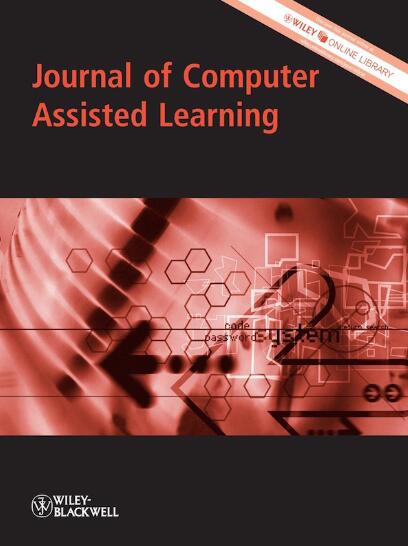Robot-Assisted Mathematics Education: A Systematic Literature Review
Abstract
Background
As highly interactive hands-on learning tools, robots can inspire new generations of mathematics students. However, to date, no comprehensive systematic reviews have been conducted on robot-assisted mathematics education from K-12 through higher education. Hence, it is important to explore the research evidence of robot-assisted mathematics education for the benefit of students and educators, and for the advancement of educational robots (ERs).
Objective
The primary aim of this study was to explore the integration of ERs into mathematics education. Additionally, it aimed to offer more insightful recommendations by conducting a SWOT (strengths, weaknesses, opportunities and threats) analysis of ERs.
Methods
A systematic literature review of 41 journal articles from the Web of Science (WoS) and Scopus databases published from 2014 to 2024 pertinent to the integration of physical ERs into mathematics education was conducted.
Results and Conclusion
It was found that the United States was the leading country in terms of integrating ERs into mathematics education; LEGO was the most common type of robot employed; programming robots, and building and programming robots were the most commonly used ways of integrating ERs; the majority of the papers dealt with applied mathematics content; constructivism was the most widely employed learning theory; qualitative research was the most commonly adopted research method; and participants were mainly primary and junior secondary school students. Regarding research issues, the affective aspect was the most widely measured research issue and had positive results. However, it was difficult to find many studies that looked into students' cognitive load and satisfaction; as a result, these topics merit further investigation.

 求助内容:
求助内容: 应助结果提醒方式:
应助结果提醒方式:


